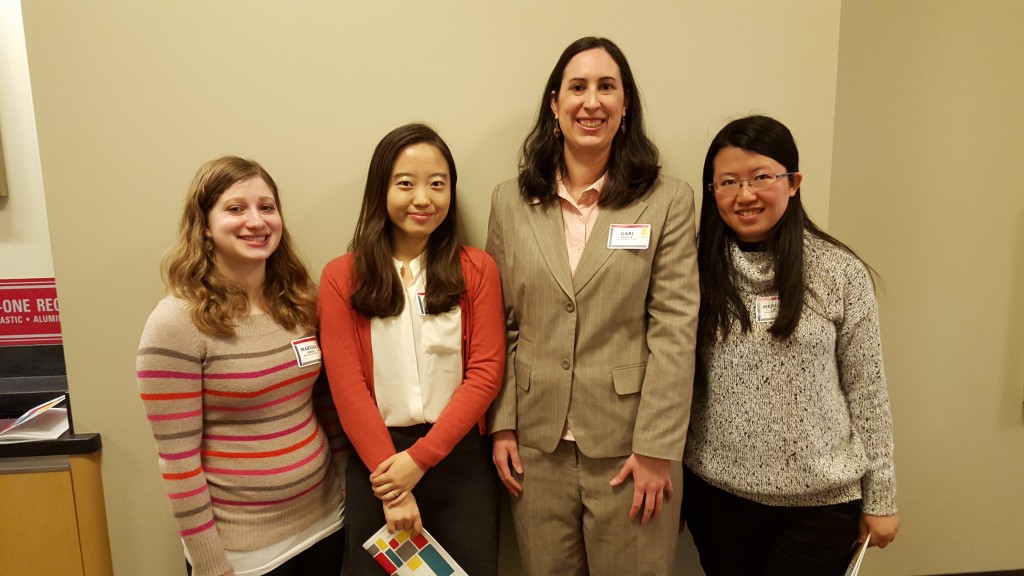MARISSA GREEN
GREEN.1292@OSU.EDU
EDUCATIONAL STUDIES, EDUCATIONAL PSYCHOLOGY AND PHILOSOPHY
ERIC ANDERMAN, ADVISOR
BELONGING AT AN EARLY COLLEGE SCHOOL: A QUALITATIVE ANALYSIS OF STUDENTS’ PERSPECTIVES
This qualitative study explored students’ sense of belonging in an early-college secondary school. This study contributes a rich description of students’ perspectives of the factors that promote a sense of belonging in a setting that emphasizes accelerated academic performance. Results highlight a distinction between social and academic belonging.
YEOEUN KIM
KIM.6105@OSU.EDU
EDUCATIONAL STUDIES, EDUCATIONAL PSYCHOLOGY AND PHILOSOPHY
SHIRLEY YU, ADVISOR
EXAMINING SELF-REGULATION UNDER MOTIVATIONAL CONFLICT
This study focused on motivational conflict that students experience when working on an academic task in the face of an attractive alternative. Resisting temptation and persisting on a task can put high demand on the self-regulatory process. We examined how students perceive temptation differently depending on self-regulation ability and task context.
KARI TAYLOR
TAYLOR.2564@OSU.EDU
EDUCATIONAL STUDIES, HIGHER EDUCATION AND STUDENT AFFAIRS
SUSAN JONES, ADVISOR
LEARNING THAT LINGERS: A LONGITUDINAL INVESTIGATION OF DISORIENTING DILEMMAS IN AN INTERNATIONAL SERVICE-LEARNING CONTEXT
This study examines developmental processes among a diverse group of participants in an international service-learning program. Through a longitudinal case study, researchers found that during the year following the program, participants continued to make meaning of community partnerships, identity issues, and power dynamics.
MENGLIN XU
XU.1384@OSU.EDU
EDUCATIONAL STUDIES, QUANTITATIVE RESEARCH, EVALUATION, AND MEASUREMENT (QREM)
RICHARD LOMAX, ADVISOR
A LONGITUDINAL MODEL OF MATH ACHIEVEMENT DEVELOPMENT AMONG U.S. CHILDREN
This study aims to examine the growth trajectory of students’ math achievement through four time points, and the factors affecting the growth. All data were from Early Childhood Longitudinal Study, Kindergarten Class of 1998–99 (ECLS-K), 350 students were included. HLM was used to conduct the multilevel model.
